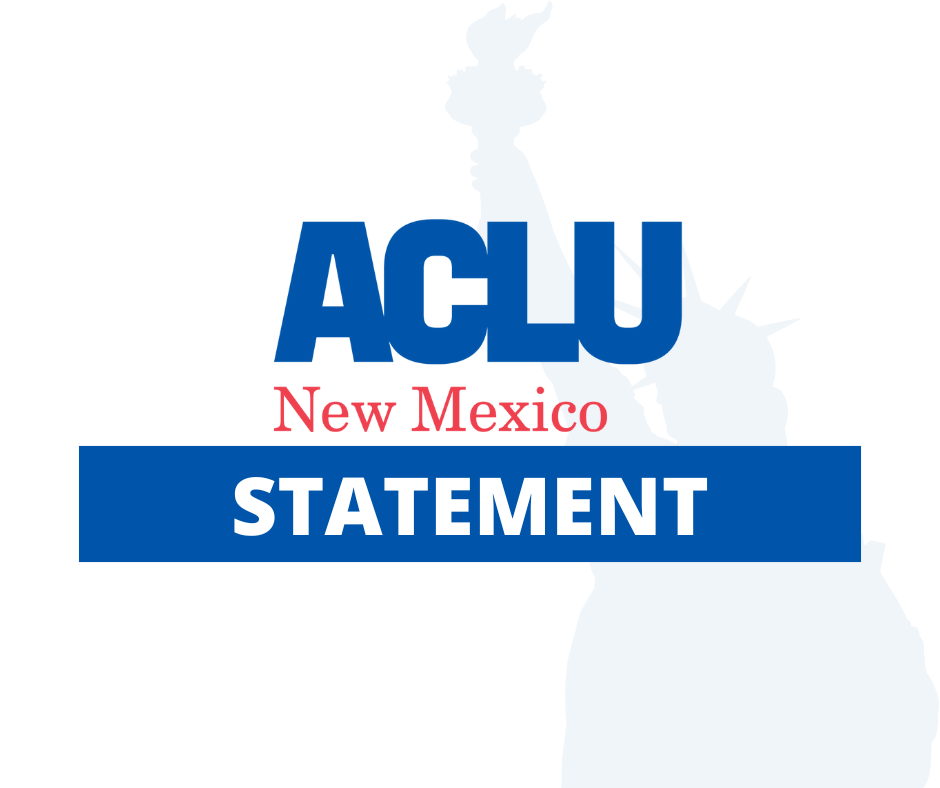We can all agree that we urgently need to address the complex issues of gun violence, substance abuse, homelessness, and property crime, but resorting to outdated and failed approaches simply won’t get New Mexicans the solutions we desperately need. The governor’s continued decision to throw tens of millions of dollars into recruiting more police officers rather than investing in our communities lacks the vision and courage this moment demands.
New Mexico has the highest police killing rate per capita in the entire country. At what point do we examine the impact overpolicing has on our safety rather than using it as a crutch when tackling deep, systemic issues?
"Resorting to outdated and failed approaches simply won’t get New Mexicans the solutions we desperately need."
We challenge the Lujan Grisham administration and all policymakers to rise to the occasion and commit to equal, if not greater, investments in meaningful, evidence-based diversion and treatment programs that allow for education, rehabilitation, housing, and economic dignity to be achieved. We know addressing the root causes of crime is what will result in a safer New Mexico. Yet so many of our policymakers continue to push false solutions we know don’t work, like overpolicing, longer sentences, and increased incarceration in a deeply broken prison and jail system.
Believe it or not, the ACLU does talk to law enforcement; what we hear over and over is that our state is relying too heavily on police to address the problems we are facing. It is imperative that public officials stop playing politics and come to the table to invest in data-backed solutions to public safety that are consistent with our values. Until they do, we will continue to see the cycles of violence and trauma increase in our beautiful state, entangling yet another generation of New Mexicans into the systems that fail us all.
We must ask the question: What does it mean to be safe, and to whom does the notion of safety apply?
We are deeply grateful for the policymakers and advocates who have and continue to stand strong in their values and the facts. We hope that soon our governor and other leaders will hear those voices and meet them with the respect they deserve.
Furthermore, we must be honest about the racial impact these policies have on our community. The latest data shows that 75% of people who are incarcerated are Hispanic, Black, or Native American.
Since 2022, at least 45 people have been killed at the hands of police in New Mexico; over half of them were people of color, including a 14-year-old Black child. In recent days, one officer in Las Cruces has been cleared after killing an elderly woman suffering from dementia when her family called for help, and another has been charged with sexually assaulting a woman in his police vehicle who he had in custody.
We must ask the question: What does it mean to be safe, and to whom does the notion of safety apply? If policymakers believe it applies to us all, then we must do better than political quick fixes and misdirected investments and get real about what works. All New Mexicans deserve better from our government.
The op-ed originally appeared in the Albuquerque Journal.

